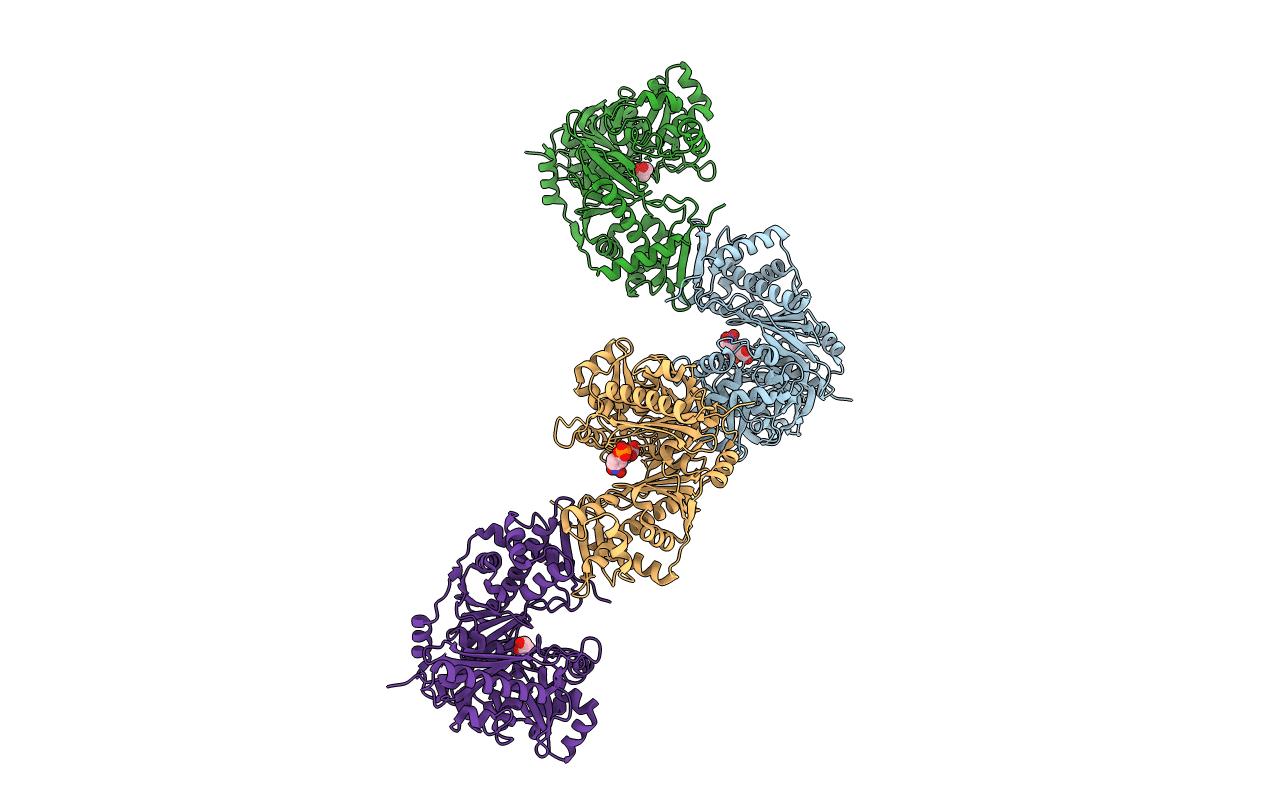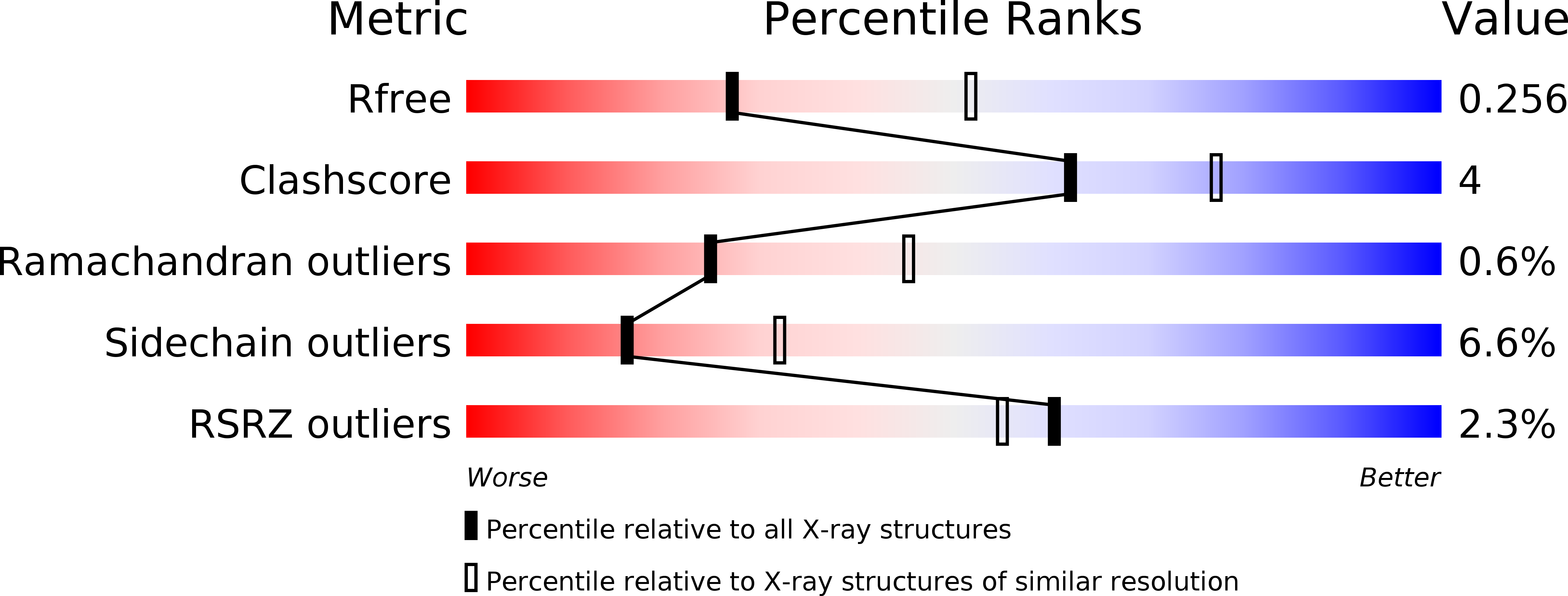
Deposition Date
2015-10-08
Release Date
2016-10-19
Last Version Date
2024-10-23
Entry Detail
PDB ID:
5AZJ
Keywords:
Title:
Crystal structure of glycerol kinase from Trypanosoma brucei gambiense complexed with 4NP (with disulfide bridge)
Biological Source:
Source Organism:
Trypanosoma brucei gambiense (Taxon ID: 31285)
Host Organism:
Method Details:
Experimental Method:
Resolution:
2.61 Å
R-Value Free:
0.25
R-Value Work:
0.19
R-Value Observed:
0.19
Space Group:
P 1 21 1


